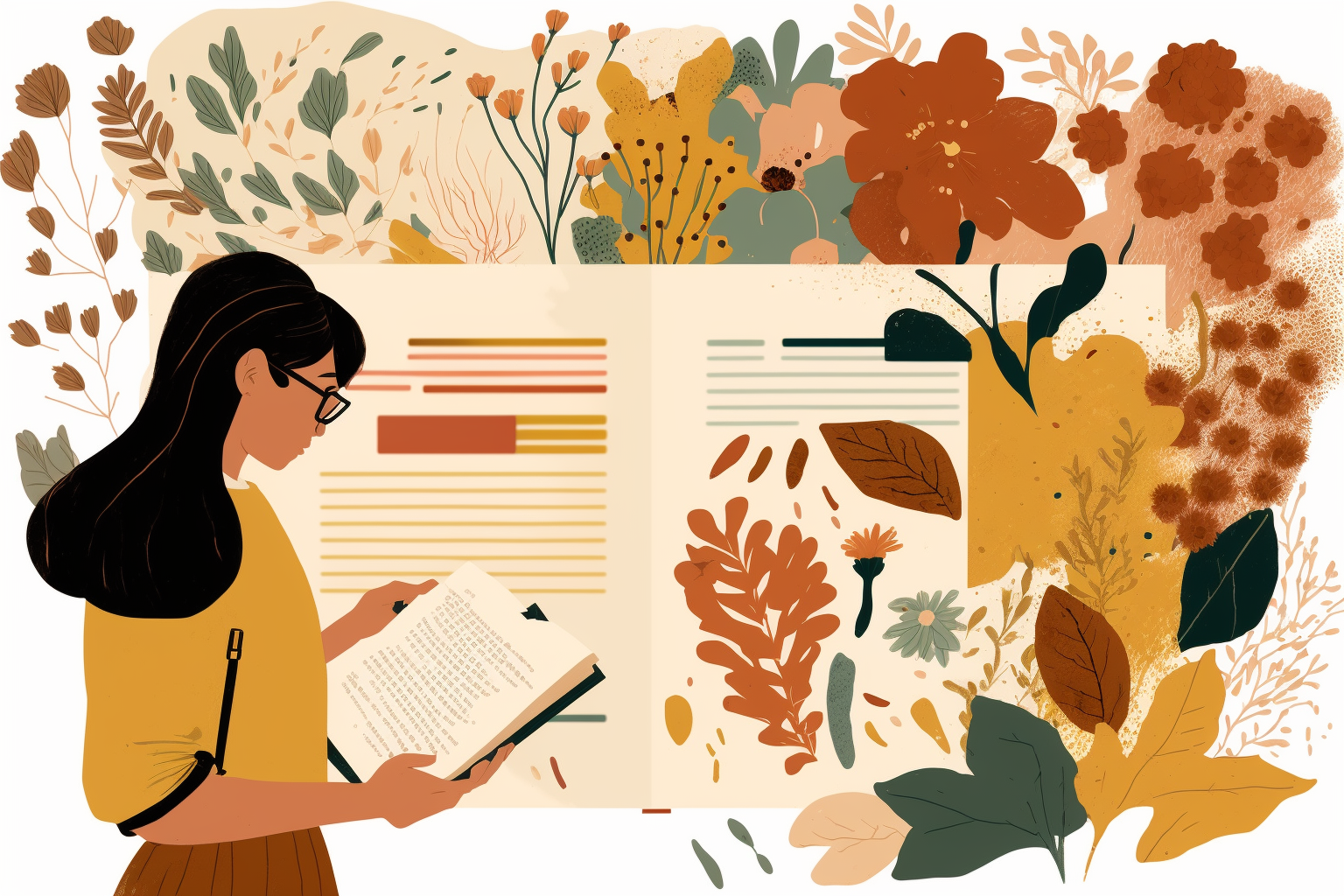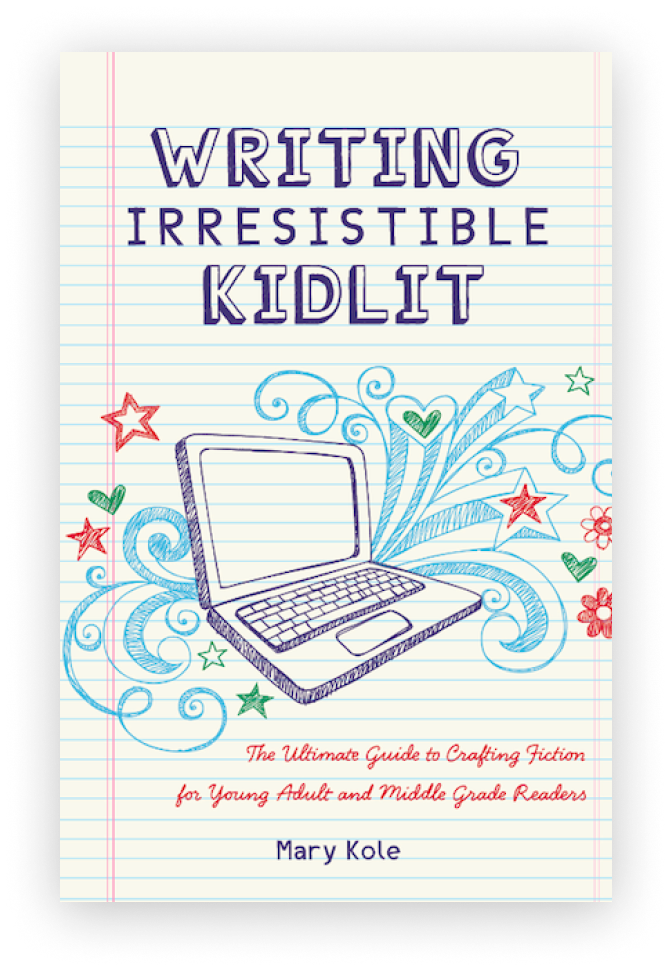What Is Plot in Fiction Writing?
By Mary Kole
Mary Kole is a former literary agent, freelance editor, writing teacher, author of Writing Irresistible Kidlit, and IP developer for major publishers, with over a decade in the publishing industry.
There’s a very literary and a very philosophical answer to the question of, “What is plot?” If you’re a fiction or memoir writer, chances are you’ve heard the term “plot” thrown around quite a bit. Plot is, after all, considered one of the cornerstones—if not the cornerstone—of storytelling. But what does plot entail? What is plot? Quite literally, it is the story's sequence of events, and how they interact with one another to create an engaging narrative. Crafting a compelling plot can be tricky, but it is essential for making sure that your work stands out and has marketable potential.
What Is Plot?: Storytelling Ingredients
There are almost as many theories of plot or methods for plot than there are novels out there. From the hero’s journey to the five-act structure, you can find a plot methodology that answers the question of “What is plot?” for any novel idea you could think of.
In the simplest terms, plot is: exposition, rising action, climax, and resolution. Exposition is the beginning portion of your story where characters are introduced and backstory is provided (though not too much, as you want to avoid info-dumping). The inciting incident comes along during this phase and plunges your protagonist into a brave new world (literally or figuratively).
Rising action occurs when the central conflict in a story—or problem—throws increasing obstacles at your main character. Some writers are tempted to skip over this part and speed right for the climax and resolution, but this would be a mistake. This sequence, in fact, is where the answer to the question of “What is plot?” is truly forged. A lot of interesting story choices can be made here, as long as your novel outline is anchored by a strong midpoint.
The climax is when high stakes culminate in a blowout sequence of danger and action (ideally, even in “calmer” stories) where the protagonist strives to solve their problem and overcome their antagonist. And finally, resolution occurs when all conflicts have been resolved and/or questions answered. The theme is clarified here, perhaps with a final image.
When crafting a plot, it’s important to remember that stories require more than just action and conflict. They require emotion, too. In fact, character must be entwined with plot for the story to work. Emotion creates story tension between characters and suspense for readers, making them care about what happens next in your story. To add emotion into your plotline, use dialogue that reveals character objective and motivation, and have characters experience obstacles that test their values or beliefs.
What Is Plot In Today’s Market?
In order to craft a compelling narrative that will draw in readers (not to mention literary agents and publishers), there are certain considerations and guidelines you should be aware of:
Make sure your central conflict drives your plot forward. Your story should feel propelled by its central conflict from start to finish, and that includes having the protagonist becoming and remaining active in the story.
Make sure each scene or chapter follows a cause-and-effect pattern and dovetails with the main plot or a subplot. If it’s possible to completely rearrange the scenes of your story, you might not have a strong reason for your sequence of events just yet.
Don’t be afraid to think outside of the box. Aim for creating something unique and unexpected—including subverting popular tropes (in a way that won’t mess with expectations too much) or including a plot twist.
Many writers who wonder “What is plot?” may be tempted to come up with the most outlandish and quirky story ever told, but remember … there are only so many archetypal stories in the world. Your job is to put enough unique detail and emotional resonance in yours that it doesn’t necessarily have to reinvent the wheel.
Keep the character driving things forward with strong objectives and motivations. The character’s want and need shouldn’t be fully resolved until the end, though you will want to be careful not to state your book theme or explain your meaning.
What is plot? Quite simply, plot is vital for crafting an engaging piece of fiction writing that readers will enjoy and resonate with. By utilizing these ideas for constructing an effective plotline with emotion-filled scenes and a clear, sequential order, you can ensure that your work stands out from the slush pile and the rest of books on shelves. Even if you consider yourself a literary fiction or character-driven writer, try a novel outline and don’t neglect your plot.
For those eagle-eyed readers who are wondering just what kind of editor would write an article with the clunky phrasing of “what is plot” over and over on her website, I applaud you for noticing that this reads awkwardly. Please note that I picked this keyword phrase on purpose, as part of my SEO (search engine optimization) strategy. If you’re curious about writer marketing techniques, check out Good Story Marketing.

Click here to purchase Writing Irresistible Kidlit, my book on fiction craft for MG and YA novels, out from Writer's Digest Books. This will show you my writing craft philosophy and give you lots of valuable advice, including tips for the novel revision process and self-editing. There are over 35 example novels cited and discussed throughout. It’s a valuable resource for any writer’s toolkit.
Click here to purchase Irresistible Query Letters, my book on query letters, including over forty examples with comprehensive notes on each one. There’s a ton of submission advice, best practices, and insider information in these pages, and you’ll really enjoy seeing what other writers are doing in the slush.
Click here to purchase Writing Interiority: Crafting Irresistible Characters, my book on interiority and character creation. Explore your protagonist’s thoughts, feelings, reactions and interpretations, expectations, and inner struggles to create a rich, immersive experience. This guide will empower you to create characters who live and breathe on the page, fostering an unbreakable bond with your audience.





